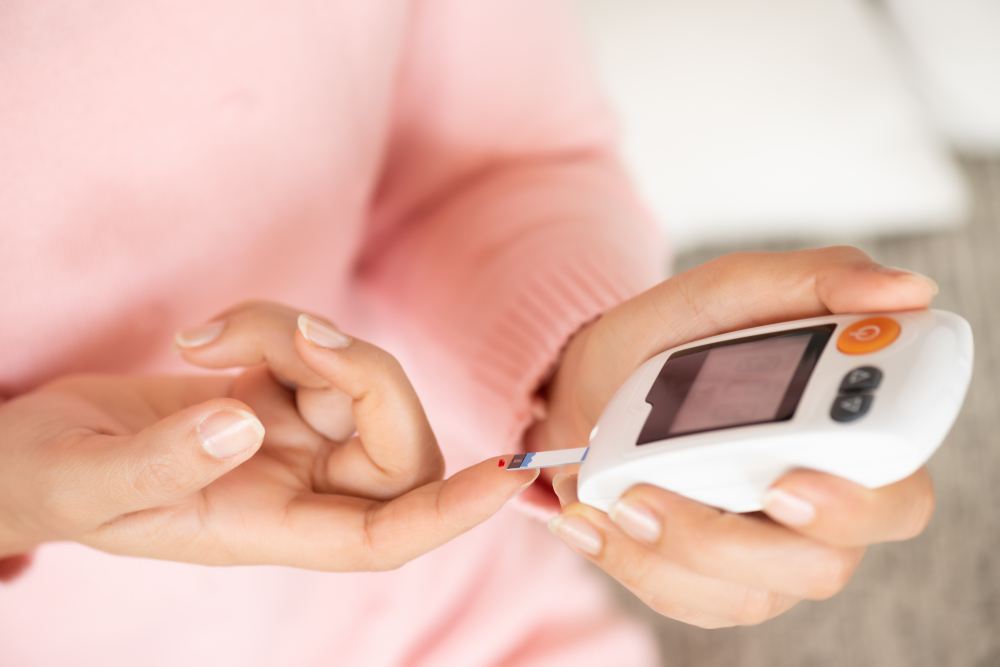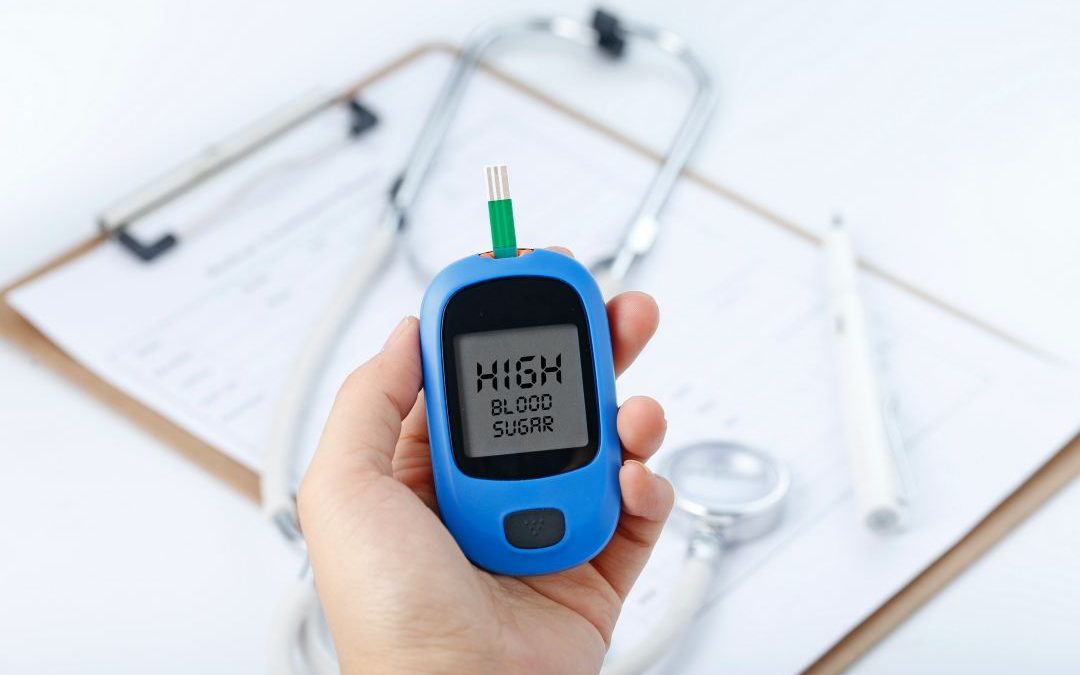


Hyperglycemia
Hyperglycemia is a condition characterized by elevated blood sugar levels. Symptoms of hyperglycemia usually develop slowly and include thirst, frequent urination, and fatigue. Diabetic ketoacidosis (DKA) is a life-threatening condition that belongs to the acute...
Poisonous fish in the Adriatic
Poisonous fish in the Adriatic, in the Adriatic Sea some fish species have poisonous glands capable of producing certain amounts of poison. Some types of fish such as eels, moray eels and eels, as well as groupers, contain ichthylotoxins in their blood. The poisons in...
Heat stroke
Exposure to high temperatures can cause a condition known as heat stroke. This condition usually results from prolonged exposure to heat, especially in high humidity, which leads to excessive sweating and loss of fluids and minerals from the body. Physical exertion...

